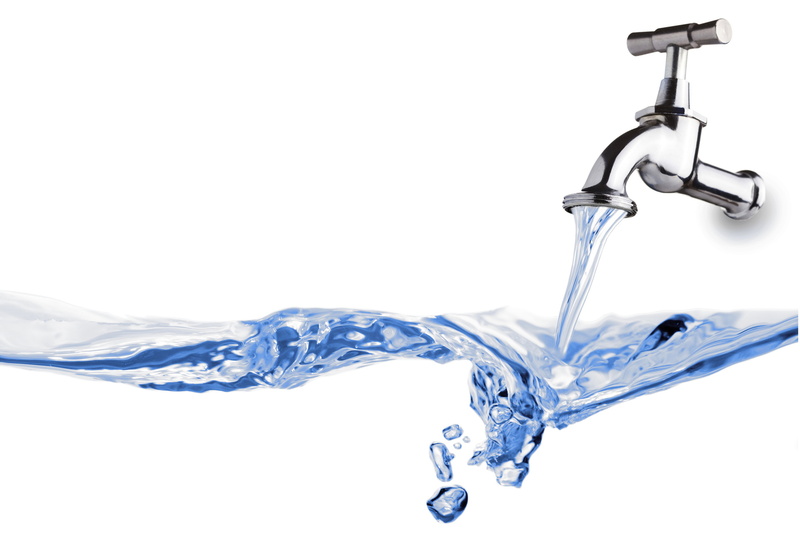 This is one of the most common problems people run into with their water heaters: turning on a faucet or tap and waiting, waiting, waiting for the water to warm up to the temperature you want. But the running water only gets lukewarm. What does this mean, and what can you do about it?
This is one of the most common problems people run into with their water heaters: turning on a faucet or tap and waiting, waiting, waiting for the water to warm up to the temperature you want. But the running water only gets lukewarm. What does this mean, and what can you do about it?
There are a few possible reasons your water heater isn’t living up to its expectations. Here are the main ones.
The aquastat has been set incorrectly
“The aqua-what?” The aquastat may sound strange, but it’s just the name of the thermostat device used to control the temperature of the water in the water heater tank. We recommend keeping it between 120°F and 140°F. (But never higher! This can create a danger of scalding hot water.) Someone in your home may have accidentally fiddled with the aquastat and set it too high. Check on this and restore it if necessary. (And please explain to your household why they shouldn’t tamper with it.)
The temperature controls are malfunctioning
The problem could be with the aquastat, but not due to a mistaken setting. The thermal settings on the aquastat could be broken so they are incorrectly sensing the water temperature and keeping it too low. The thermal switch may also have failed. Water heater experts can make repairs or control replacements to fix this.
A failed heating element
This only applies to electric water heaters, which use two electric heating elements inside the tank—one at the top and one at the bottom—to transfer warmth to the water. If one of the heating elements burns out, the water temperature will drop significantly. You will need to have trained technicians replace the failed heating element.
Broken dip tube
This was once a common problem for water heaters, although newer ones are built with sturdier dip tubes. If you have an older water heater, you may still encounter this problem. The dip tube is the pipe that carries fresh water down through the water tank and to the heat exchanger at the bottom of the tank where it is heated. A broken tube will allow colder fresh water to collect at the top of the tank and lower the water temperature there, the point where the water is pumped out.
Sediment buildup
The water coming into the tank from the municipal system often has minerals in it. High heat causes these minerals to become insoluble in the water, and it falls to the bottom of the tank and collects as a thin layer of sediment. This layer insulates the heat exchanger at the tank’s bottom where the heat from the gas burners enters, and it makes it harder for the heater to effectively do its job. If you hear popping or kettling sounds from the water heater tank, this might be the problem. Professionals can flush the tank to fix it.
We’re your Ambler, PA plumber who can handle your water heater service needs!

